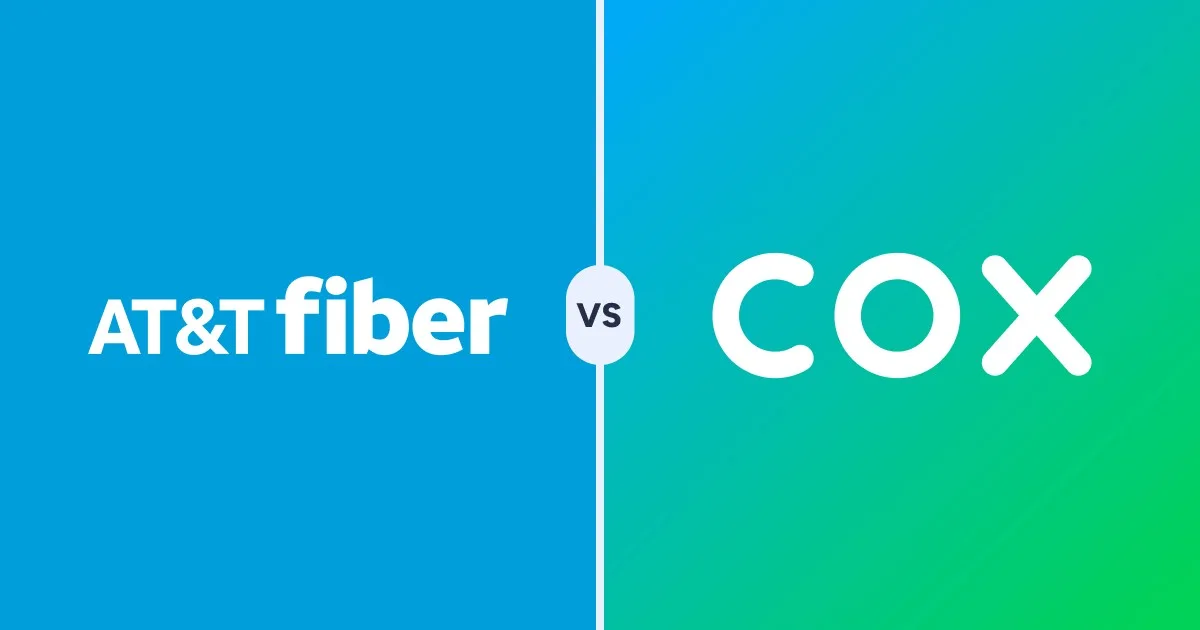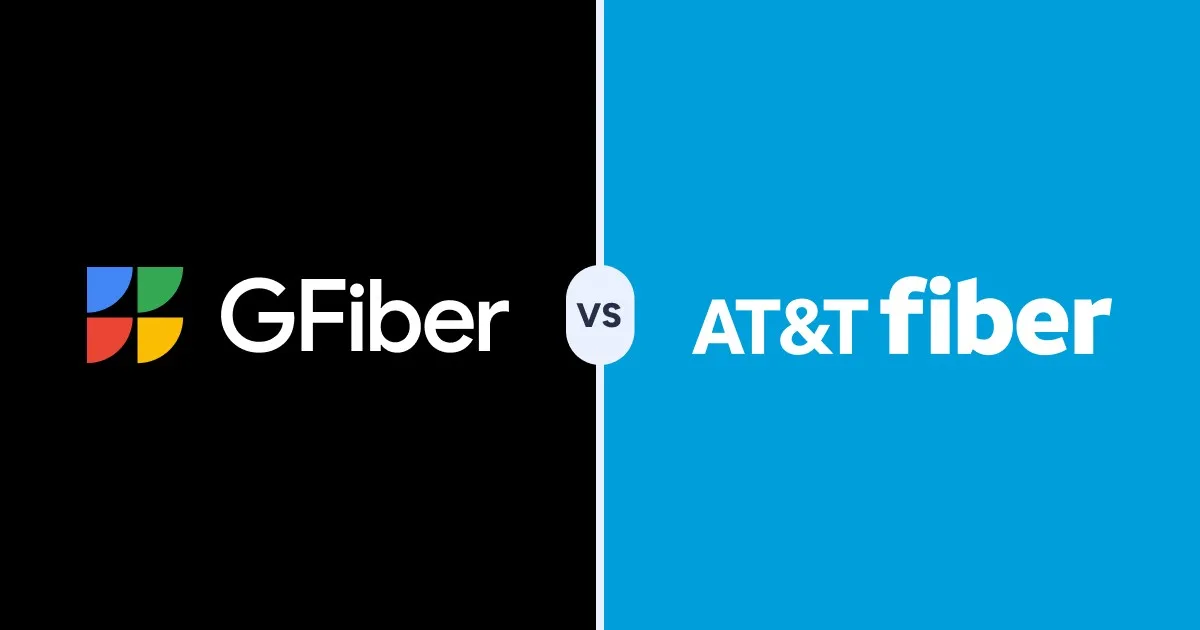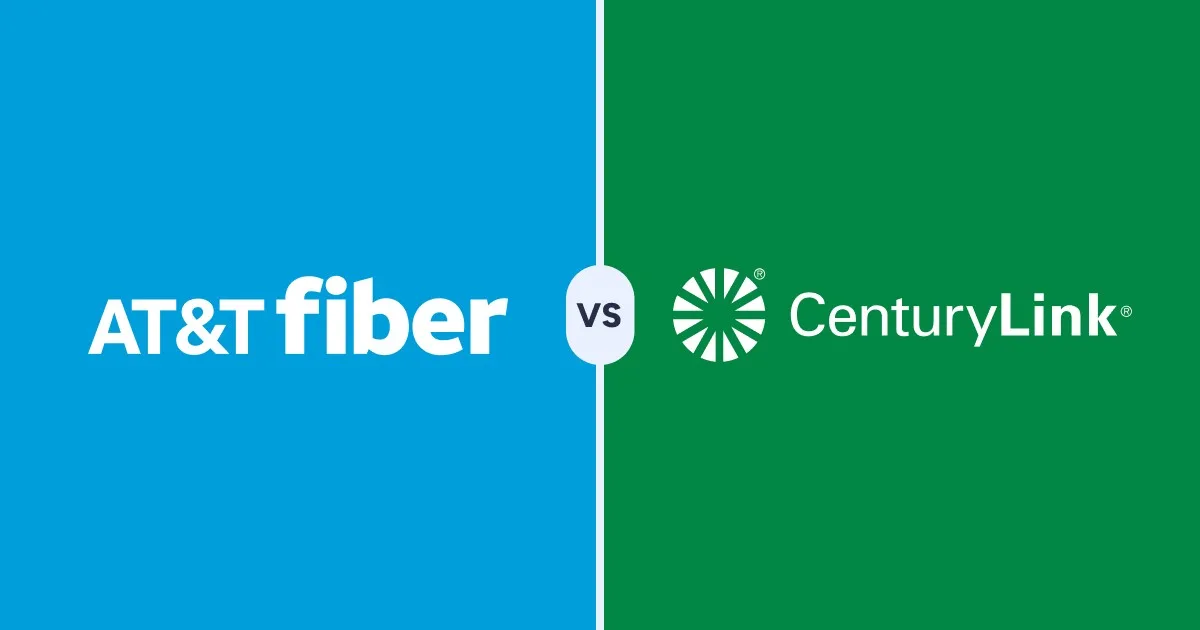Starlink vs. T-Mobile Home Internet: Which Internet Provider Is Best for You?
Is the future of wireless internet in space or down the street?
Dec 4, 2025 | Share
Provider Comparisons (Versus)
-
Widest availability
- Customer rating: N/A
- Price: Starting at $40/mo.†
- Speed: Up to 400Mbps
- Internet type: LEO Satellite
- Data cap: Unlimited
-
Lowest prices
- Customer rating: 4.1/5*
- Starting price: $35/mo.‡
w/ AutoPay & voice - Speed: 133–498Mbps
- Internet type: 5G Home
- Data cap: Unlimited
Data as of 11/26/2025. Offers and availability may vary by location and are subject to change.
* Based on our annual Customer Satisfaction Survey
† Plus hardware, shipping & handling fees, and tax. Fully refundable. Depending on location, some orders may take 2 weeks or more to fulfill.
‡ T-Mobile
- Guarantee exclusions like taxes and fees apply. Limited-time; subject to change. Month on Us: With one-time bill credit equal to monthly rate plus fees after AutoPay and other applicable discounts. Qualifying new Internet line required. Enter promotional code at checkout. Not transferrable. Allow 2 bill cycles for credit. Limit 2/account. May not be combined with some offers or discounts. Up to $300 Back: Available for digital activations ($100: Rely; $200: Amplified; $300: All-In), not available in retail. Register code within 30 days of activating qualifying new Home Internet line. If you have cancelled Internet lines in past 90 days, you may need to reactivate them first. Up to $300 via virtual prepaid Mastercard; use online or in-store via accepted mobile payment apps; no cash access & expires in 6 months. The Virtual Prepaid Mastercard is issued by Sunrise Banks N.A., Member FDIC, pursuant to a license from Mastercard International Incorporated. Mastercard is a registered trademark, and the circles design is a trademark of Mastercard International Incorporated. This card may be used everywhere Debit Mastercard is accepted. Registration, activation, acceptance, or use of this card constitutes acceptance of the terms and conditions stated in the Prepaid Card Agreement. This promotion is not associated, sponsored, or endorsed by Mastercard or Sunrise Banks N.A. Lines must be active and in good standing when card is issued. Max 1/account. May not be combined with some offers, discounts, or promotions.
- Get $35/mo. with AutoPay & Voice & $100 back. Plus taxes and fees.
Compare Starlink and T-Mobile 5G head to head
Both Starlink and T-Mobile 5G are pushing the limits of wireless internet in different ways. Their cutting-edge tech offers impressive speeds, but not on a very consistent basis. In the end, T-Mobile is the cheaper, faster, and easier option, but Starlink has wider coverage and optional portability.
Pros and cons: Starlink vs. T-Mobile 5G
 Pros:
Pros:
- Wide availability
- Portable options
- Unlimited data
 Cons:
Cons:
- High equipment costs
- Long delivery times
 Pros:
Pros:
- Lower cost
- Faster top speeds
- Reliable customer service
 Cons:
Cons:
- Limited availability
Do you have both these wireless options in your area?
Find out by typing in your zip code below.
Plans and pricing: Starlink vs. T-Mobile 5G
Both T-Mobile 5G and Starlink have a single residential plan, so there’s not a lot of options to choose from. For those who want portability, Starlink also offers its Roam plans, which have a higher monthly cost and lower download speeds.
Starlink plans and pricing
| Package | Price | Speed |
|---|---|---|
| Starlink Residential 100 Mbps | $40/mo.* | Up to 100Mbps |
| Residential Lite | $80/mo.* | Up to 250Mbps |
| Residential | $120/mo.* | Up to 400Mbps |
| Roam 50GB | $50/mo.† | Up to 300Mbps |
| Roam Unlimited | $165/mo.* | Up to 300Mbps |
Data as of 12/01/2025. Offers and availability may vary by location and are subject to change.
* Plus hardware, shipping & handling fees, and tax. Fully refundable. Depending on location, some orders may take 2 weeks or more to fulfill.
† Users on Mini Roam are limited to 50GB of Mobile Data and can use in-motion beyond 100mph
Starlink’s residential plan fits what most home internet customers’ want. Starlink Roam is a portable internet service, which is directed toward a more niche audience. If you need internet access wherever you go, Starlink for RVs is a unique feature that you can’t really get from any other provider. It comes with higher prices and lower speeds, so you have to be sure that trade-off is worth it to you.
How Much Internet Speed Do You Need?
Est. Time: 60 seconds
Answer 6 questions and get a personalized internet speed recommendation!
How many people in your household use the internet/WiFi on a daily basis?
How many devices in your home connect to the internet, including tablets, gaming consoles, and smart devices?
How many people in your household work from home?
What video quality do you use for streaming TV and movies?
How intensely does your household participate in online gaming?
Does your household download large files from the cloud or via the internet?
T-Mobile plans and pricing
| Package | Price | Speed |
|---|---|---|
| Rely Home Internet | $35/mo.† w/ AutoPay & voice | Up to 415Mbps |
| Amplified Home Internet | $60/mo.* w/ AutoPay, plus taxes & fees. | Up to 498Mbps |
| All-In Home Internet | $70/mo.* w/ AutoPay, plus taxes & fees. | Up to 498Mbps |
Data as of 11/26/2025. Offers and availability may vary by location and are subject to change.
* Guarantee exclusions like taxes and fees apply.
† Get $35/mo. with AutoPay & Voice & $100 back. Plus taxes and fees.
T-Mobile has three home 5G plans and they are pretty good ones. It offers speeds that can surpass those of Starlink while coming in at less than half the monthly cost. Although there are downsides to wireless connections, such as lower reliability, these apply equally to satellite internet, making T-Mobile a solid competitor to SpaceX’s high-tech service.
Do you need to invest in a faster internet connection, or can you get by on the minimum?
Take our internet speed quiz to find out.
Download speed
000 Mbps
Upload speed
000 Mbps
Latency (ping)
00 ms
Jitter
00 ms
Extra fees: Starlink vs. T-Mobile 5G
| Equipment Fee | Installation Fee | Other Fees | |
|---|---|---|---|
| Starlink |
| Self-installation |
|
| T-Mobile 5G |
| Self-installation | None |
Data as of 11/14/2023. Offers and availability may vary by location and are subject to change.
When it comes to fees and up-front costs, T-Mobile blows Starlink out of the water. Equipment is included with your monthly bill, so you don’t pay any additional fees. You also don’t have to purchase any of your equipment; it’s all part of the package.
Starlink requires customers to purchase their equipment, so signing up means a big investment on your part. But there are no sneaky, recurring monthly fees—so if you can get past that up-front cost, you shouldn’t have any more surprises.
Internet types: Starlink vs. T-Mobile 5G
| Internet type | Order online | |
|---|---|---|
| Starlink | LEO Satellite | View Plans |
| T-Mobile 5G | 5G Home | View Plans |
Starlink and T-Mobile 5G both provide internet access through cutting-edge technologies: LEO satellites and 5G cellular signals. There’s a lot of hype around both technologies, so here’s a brief crash course.
Low-Earth orbit (LEO) satellites are a solution to the huge latency issues related to satellite internet. Although it doesn’t impact most internet activity, latency is a big deal for online games, video chat, and other real-time interactions. By placing a huge swarm of tiny satellites as close to the surface of the earth as possible, LEO satellite providers can get much lower latency than traditional satellite internet, and potentially higher speeds too.
5G is the newest generation of cellular technology. Although mobile phones make up the main use of cellular technology, the higher speeds available with 5G technology makes it a great way to deliver wireless home internet as well. The central trade off around 5G technology is that as you increase the frequency of the transmission, you decrease the distance it can travel. This trade-off means that for the millimeter-wave transmissions that offer the highest 5G speeds, you need a transmitter every few hundred feet. That’s possible in large cities, but very impractical in the rural areas that could benefit most from wireless internet connections.
To reach into less densely populated areas, 5G providers make use of multiple bands of radio frequencies to maximize the number of households they can reach. This also accounts for the wide range of advertised speeds you get with 5G Home internet. While this has made 5G a viable low-cost alternative to LEO satellite internet, it also means customers in more remote areas will get speeds toward the lower end of that advertised range.
Data caps: Starlink vs. T-Mobile 5G
| Data Cap | Order online | |
|---|---|---|
| Starlink | Unlimited | View Plans |
| T-Mobile 5G | Unlimited | View Plans |
After waffling on the issue of data caps, Starlink has gone back to offering unlimited data on its satellite internet. In place of caps, Starlink now has three tiers of priority for its customers: mobile, standard, and priority/mobile priority. Chunks of priority data can be purchased starting at 1TB (50GB for mobile priority), which sounds suspiciously like how normal satellite internet data caps work.
The difference here is that when you run out of data on a normal satellite plan, your speed is generally throttled well below advertised speeds, making your connection barely usable. For Starlink, standard priority isn’t even the lowest tier, so it would seem that you can still reach advertised speeds without purchasing data.
T-Mobile is much more straightforward with its data. Its 5G home internet has no data caps and no tier system. You never have to worry about how much data you’re using and we think that’s great.
Contracts: Starlink vs. T-Mobile 5G
| Contract length | Order online | |
|---|---|---|
| Starlink | No contracts | View Plans |
| T-Mobile 5G | No contracts | View Plans |
Neither Starlink nor T-Mobile 5G require long-term contracts, which is great. This is pretty unusual among wireless internet providers, which gives both of them a leg up on the competition.
Installation: Starlink vs. T-Mobile 5G
| Installation options | Order online | |
|---|---|---|
| Starlink |
| View Plans |
| T-Mobile 5G |
| View Plans |
With both Starlink and T-Mobile 5G, your equipment is shipped to you and you have to set it up yourself. Both providers make it fairly easy to set up their equipment with apps that will guide you through the process.
The biggest difference in installation is that Starlink’s antenna must be installed outdoors with a clear view of the sky, which usually means mounting it on or near your roof. Working on the roof of your house can be dangerous, so if you’re not confident installing it yourself, you should definitely get help from a friend or hire a local handyman to complete the installation.
Starlink is also still dealing with logistical problems, delaying shipments of equipment six months or more in some areas. For those who rely on their internet connection every day for work or school, this could be a deal breaker.
Availability: Starlink vs. T-Mobile 5G
Starlink’s main advantage over T-Mobile is that it has nationwide availability. Although T-Mobile’s 5G network has grown dramatically over the last few years, it’s still not as widespread as its 4G network.Plus, rural areas with 5G coverage generally connect over a lower frequency band, which means lower speeds.
Do you have 5G coverage in your area? Enter your zip code below to find out:
Final call: Starlink vs. T-Mobile 5G
Starlink and T-Mobile are both good options for internet enthusiasts in rural areas looking for high-speed, low-latency options. Although not as fast or reliable as a fiber connection, both of these providers offer connections that can handle almost any online activity, even more demanding ones like playing online games or streaming video.
For most people, T-Mobile 5G Home internet is the better choice if you have coverage in your area. It’s the more practical option, reaching higher speeds at a lower cost. As an established nationwide phone and internet service provider, T-Mobile is also much better equipped to take on new customers, so you should get your internet up and running in days, not months. This is also why T-Mobile was ranked the highest in customer satisfaction in our 2023 customer satisfaction survey at a time when Starlink customers are bemoaning the satellite company’s lack of traditional customer service. The downside is that its 5G network doesn’t reach the most remote areas and even rural areas with coverage won’t get the same speeds available in more urban areas.
Starlink is by far the more expensive option, both in terms of your monthly bill and the initial equipment purchase. Although you’re not actually getting a faster connection, you shouldn’t have to worry about local availability and you have access to some unique (if expensive) perks, like portability.
Methodology
Our HighSpeedInternet.com editorial team bases our analyses on customer input from our annual customer satisfaction survey, results from our speed test tool, and proprietary internet provider data on speeds and pricing. To strengthen our research, we look closely at provider contracts to get hard-to-find information on price hikes, data caps, and extra fees, and we keep tabs on the latest news reports and online reviews. When applicable, we also rely on our personal experiences testing these services.
Author - Peter Christiansen
Peter Christiansen writes about telecom policy, communications infrastructure, satellite internet, and rural connectivity for HighSpeedInternet.com. Peter holds a PhD in communication from the University of Utah and has been working in tech for over 15 years as a computer programmer, game developer, filmmaker, and writer. His writing has been praised by outlets like Wired, Digital Humanities Now, and the New Statesman.







